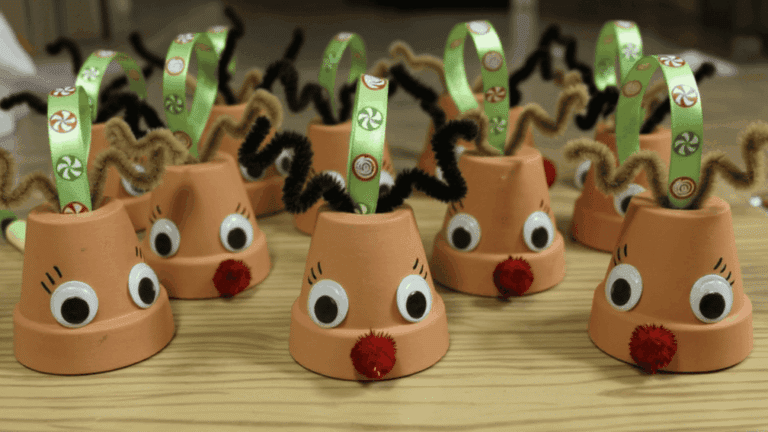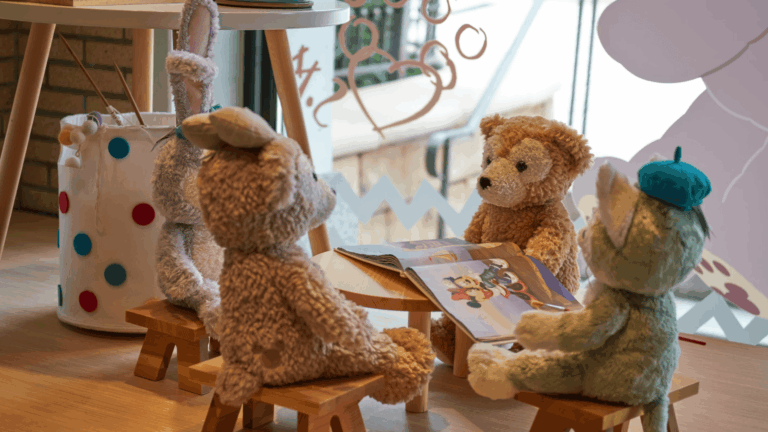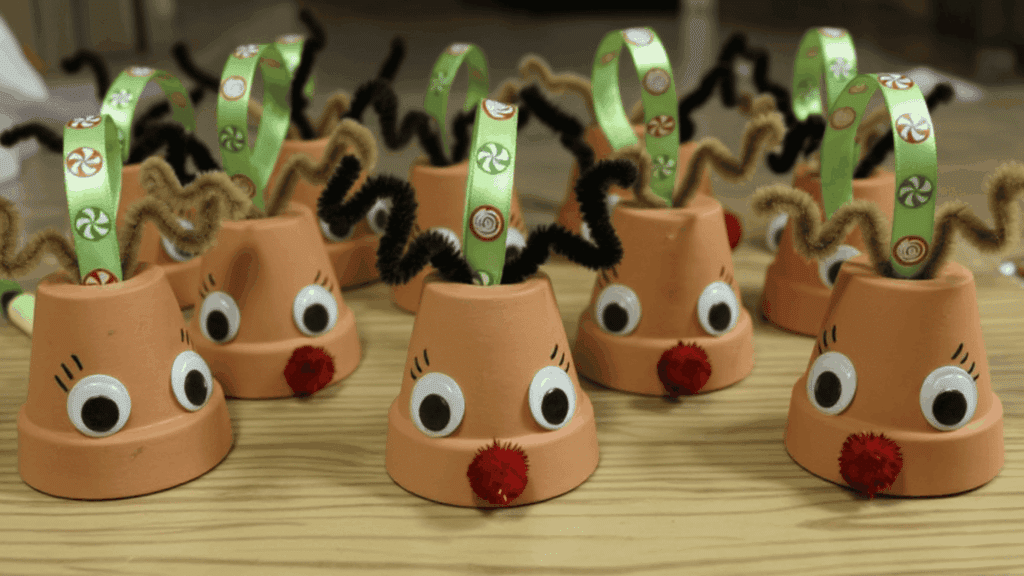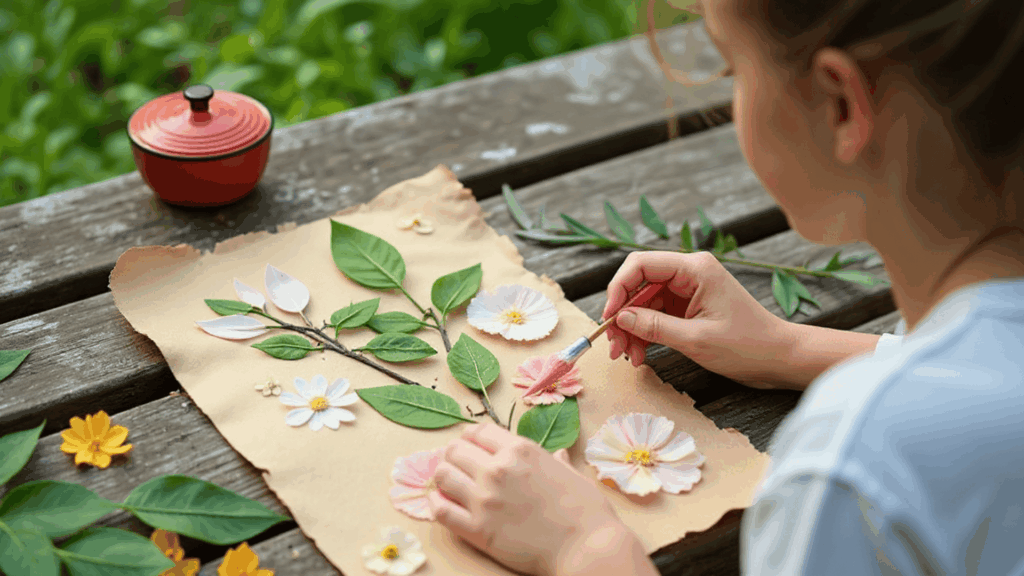Every parent dreams of watching their child light up with curiosity, instead of slumping over a worksheet with a sigh. The good news? Learning through play is not just a catchy phrase – it’s one of the most powerful ways to help kids absorb knowledge naturally. Whether you’re homeschooling full-time or just looking for creative learning at home, a playful approach can make the difference between boredom and genuine engagement.
In my years of working with children, I’ve learned that educational games for kids aren’t about flashy apps or complicated setups. They’re about finding clever, joyful ways to weave knowledge into everyday moments. Let’s explore how you can transform your home into a lively hub of discovery.
Making Numbers Come Alive with Fun Math Games
Math is one of those subjects that either sparks excitement or dread. But fun math games have a magical way of turning numbers into something tangible and exciting. Instead of memorizing formulas, kids get to experience math through movement, puzzles, and play.
Everyday Objects as Math Tools
You don’t need fancy kits. Household items – pasta, buttons, coins, or LEGO bricks – can become excellent counting tools. For example, create a “Math Shop” at home:
- Set prices for toys or snacks.
- Give kids play money and let them “buy” items, calculating change as they go.
- Rotate the prices every day to keep the challenge fresh.
This simple game blends interactive learning activities with real-life math skills. Suddenly, subtraction and addition feel relevant and exciting.
Team Games and Friendly Competitions
Math can also be social. Organize quick relay races where kids solve equations to pass the baton. Or try time-limited puzzles – nothing motivates a child like a ticking clock and the thrill of beating their own record. These educational activities at home nurture critical thinking and teamwork while keeping the vibe light and playful.
✨ Pro tip: Use a mix of hands-on learning activities and mental challenges. This balance keeps kids engaged and strengthens both logic and creativity.
Language Learning Games That Spark Imagination

Language is the key to self-expression – and kids learn it best when they play with words. Language learning games are perfect for enriching vocabulary, improving reading skills, and encouraging storytelling.
Word Hunts and Secret Codes
Turn your home into a puzzle-filled adventure. Create a “Word Hunt” by hiding sticky notes with new words around the house. Each found word gives a clue to the next location, eventually leading to a small treasure or fun activity. This combines learning games for schoolchildren with movement and excitement.
Another favorite: make up secret codes where each letter stands for a symbol or a number. Kids love cracking codes, and they’re unknowingly practicing spelling, reading, and logical reasoning all at once.
Family Story Nights
Once a week, we hold “Story Nights” – everyone picks random words from a hat and builds a story together. The results are often hilarious, sometimes brilliant, and always heartwarming. It’s a fantastic way to boost language skills while creating family memories. These kinds of home learning activities turn language into a playground rather than a classroom chore.
Here’s why these games work so well:
- They lower the pressure associated with “right answers.”
- They allow kids to explore language in their own style.
- They build confidence through playful education.
Turning Curiosity into Discovery with Science Games
Science has a special way of captivating young minds – if you present it the right way. Forget the dry textbook experiments; science games for children thrive on curiosity, surprise, and hands-on exploration.
Mini Experiments at Home
You’d be amazed how many STEM games for kids you can set up with kitchen supplies. A few ideas to get you started:
- Volcano in a Cup: Combine baking soda, vinegar, and a drop of food coloring. Watch the eruption and talk about chemical reactions.
- Floating Egg: Mix salt into a glass of water and make the egg float. Discuss density and buoyancy.
- Homemade Sundial: Track the sun’s movement with a stick and some chalk.
These fun educational activities turn your kitchen into a lab and your kids into curious scientists. Plus, they’re fantastic opportunities for engaging kids in learning without them even realizing they’re “studying.”
Integrating Games with Digital Fun
Not everything has to be offline. A balanced mix of tactile experiments and interactive digital tools works wonders. For example, while exploring space-themed topics, I often introduce kids to short educational games online. That’s when I stumbled upon Play Fortune For Fun, which offered a surprisingly clever puzzle section themed around astronomy. Pairing a game like that with real-life stargazing creates a memorable, multi-layered learning experience.
Using Resources and Routines to Sustain Playful Learning
Transforming learning at home isn’t just about one-off games; it’s about building habits and having the right educational resources for parents at your fingertips. When playful learning becomes part of the family rhythm, kids thrive.
Here are a few practical home education tips I often share with parents:
- Create a flexible routine. Children love knowing what to expect, but leave room for spontaneous discoveries.
- Rotate materials regularly. Fresh puzzles and books keep curiosity alive.
- Celebrate progress creatively. A handmade “achievement board” can work wonders.
- Keep activities short and dynamic. Attention spans vary – follow their natural rhythm.
These routines act as the backbone of a playful teaching methods approach. You don’t have to replicate a classroom; you’re creating an environment where learning blends seamlessly with life.
The Real Secret: Engagement Over Perfection
Here’s something I’ve learned after years of designing learning games for schoolchildren: kids don’t remember the perfect lesson plan. They remember how they felt. If they felt excited, trusted, and inspired, they’ll keep coming back for more.
Homeschooling ideas shouldn’t aim to mimic school down to the last worksheet. Instead, lean into interactive learning activities and hands-on learning activities that make your home a stage for curiosity.
When you treat educational games for elementary students not as a break from learning but as the heart of it, everything changes. The energy shifts. The smiles grow. And the learning sticks.
Why This Works for All Ages
Some parents worry that learning through play is only for little kids. Not true. Older children benefit just as much from creative learning at home, provided the activities match their growing skills and interests. For tweens, strategy games, coding challenges, or science projects can be deeply engaging. For teens, debates, mock trials, or escape-room-style puzzles keep the spark alive.
The ultimate goal is simple: engaging kids in learning so they become lifelong explorers. And that begins at home, with small playful steps.


















